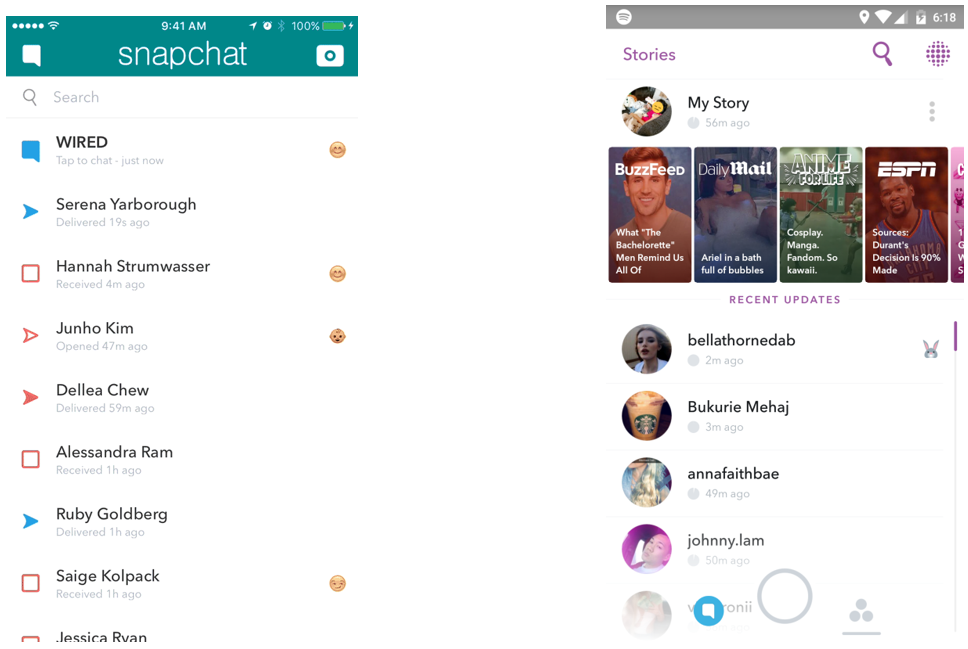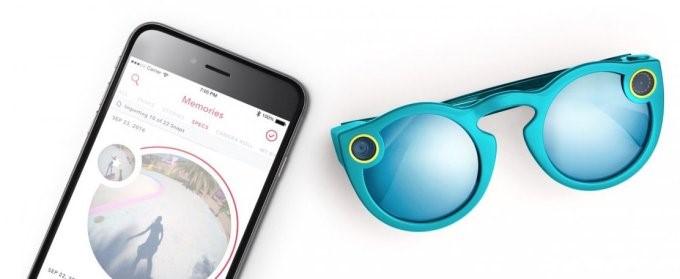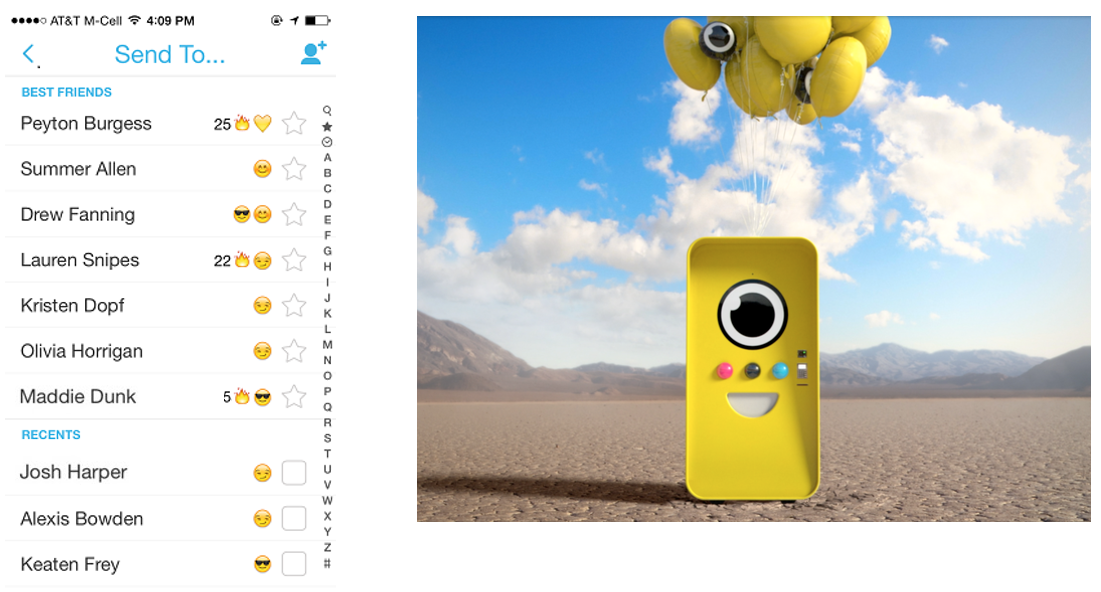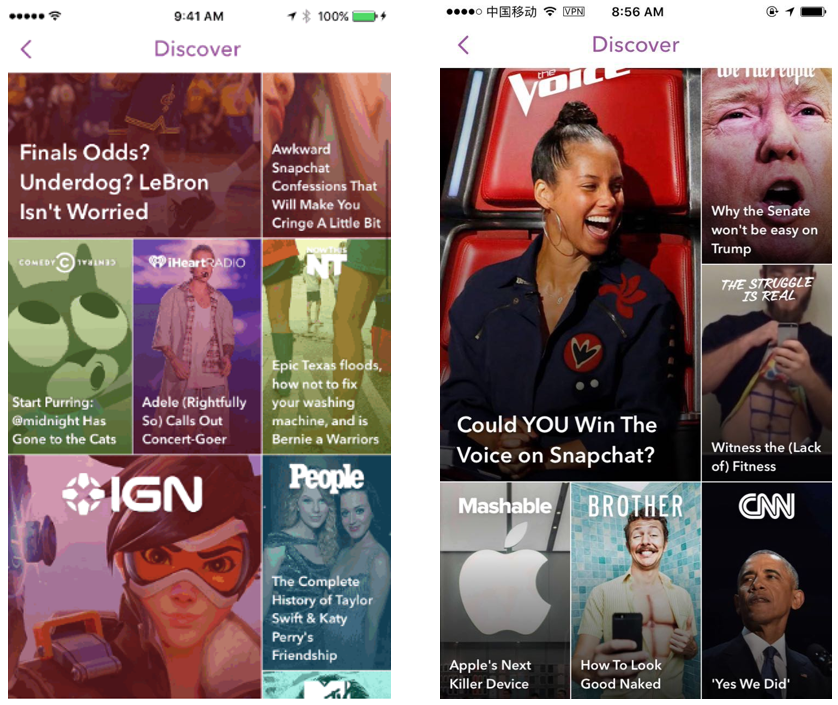

This article is part of our “branding tech companies” series, where we take a closer look at technology brands around the world, offering insights on their most impactful branding actions from our vantage point in Shanghai.
Explore the latest buzz surrounding Snap, Inc. (formerly Snapchat) in the dynamic world of branding tech companies. From their IPO announcement to the unveiling of the innovative ‘Spectacles’ product, the brand has been making waves. However, on Jan 4th, news broke about allegations from a former employee, raising questions about investor transparency. With a noteworthy $25 billion valuation, Snap, Inc. stands at the crossroads, viewed by some as an overvalued platform and an underdog in the competitive realm of social media. Delve into the intricacies of branding tech companies as Snap, Inc. navigates its unique position in this evolving landscape.
Amidst social media giants like WeChat and Facebook with staggering MAU’s (Monthly Active Users), Snap stands out as a dynamic player in the tech industry. With the disruptive launch of new products like ‘Spectacles’ and continuous innovation in platform features (user-designed bonuses, diverse content formats, a branded ‘Discover’ platform, etc.), Snap emerges as a promising young growth company. Positioned for brand partnerships in 2017, explore how Snap navigates the landscape, carving its unique identity in the competitive realm of branding tech companies.
Snap Inc. made a splash early on by bringing a fresh approach to online connection via a unique format of social media sharing. As it matures into its IPO, its app Snapchat has undergone considerable growth from a novel picture-sharing app to a tech brand with a vision of reinventing photography.
From a brand analysis perspective, there are three main pillars we can point to that make Snap, Inc. valuable in the current social media space.
Snapchat’s relaxed brand experience manifests itself in many of the app’s subtleties: smoothly colored arrows that easily indicate content format to the user (nobody likes opening up a video in the middle of a library); full-screen photography (9:16 dimension) made available in the app by overlaying the camera button on top of the photography box.

Bigger features were also introduced with a degree of subtlety: the first “geotags” were geo-location logos designed in Snap’s headquarters, but Snap soon opened up the best user-submitted logos for all to use, with the best being publicly available around a given city and changing seasonally. As one of the first tech brands to introduce “live streaming” video (Snapchat’s ‘Stories’ allow users to view pictures and videos for 24 hours after they are posted), Snapchat gradually integrated it with the larger platform. These actions have been imitated by other Silicon Valley companies: Instagram CEO Kevin Systrom said that “Innovation happens in the Valley, and people invent formats, and that’s great. And then what you see is those formats proliferate.”
Motivated brand actions from CEO Evan Spiegal are mapped out to shape how people will share images in the coming years. With an academic background in product design and past experience with Red Bull, Spiegal is not shy about pushing his vision of the future of photography, made clear with the introduction of the Spectacles sunglasses.

Even prior to this, however, Snapchat was consistently striving to push the photography category forward: it was the first major social media platform to organically integrate Augmented Reality into its app, and the brand has made a clear stance against banner and pre-roll ads – the content of ads on Snapchat is similar to that of a Live Story. Spiegal is also a firm believer that photography will be shot vertically in the coming years, aligning with how we naturally use our digital devices which are increasingly equipped with powerful photography tools.
Snapchat’s playful and engaging interface, experience, and features allow for more simply positive interactions with its users. Bitmoji’s, or personal avatar emoji’s, can be designed based on the users own appearance and open up a huge library of user-featured stickers. Swiping each direction from the camera screen leads to another layer in the app: right leads to stories, left to personal snaps, down to memories, and up to the user’s account. Swipe up twice and you find yourself a trophy case.

Many of these features remain mysterious to users who may be less in touch with tech brands. Next to Snapchat contacts, for example, appear Emoji’s with hidden meanings – smiling emoji for a strong send:receive ratio, fire emoji for a ‘snapstreak’, baby emoji next to a new friend, and so on. In November, nondescript Spectacles vending machines began popping up around the United States with no explanation – first in line received a pair of the $130 glasses. These reader-responsible branding tactics allow for constant discovery among a younger demographic via a more premium experience.
Like many tech brands of the current day, Snapchat succeeds through a combination of unique features that are specific to its own platform and continuous learning from its competitors. While some social media platforms are easily complementary to Snap’s brand experience, others naturally produce more friction when compared with the Snapchat platform.
While traditional social media companies like Facebook and Twitter focus on habitual ad-based revenue streams, Snapchat views advertising in a different light. Swiping right twice from the camera view brings you to the ‘Discover’ page, where the user sees brands that have partnered with Snap to share content.
Snap’s ‘Discover’ feature is a way to reinvent traditional advertising: getting rid of “banner ads” and “pre-rolls”, media companies make short-form articles and 10-second videos that users can explore on their own time. As Snapchat was originally built upon a 1:1 message sharing with the recent introduction of 24-hour live stories, users who are still hungry will turn to ‘Discover’ to see what’s trending.

Explore how numerous brands, including Mashable, Food Network, National Geographic, and more, thrive in the ‘Discover’ section—branded content blocks featuring magazines, TV channels, and other industry leaders. Forbes, a key player, strategically releases its ’30 under 30′ list of top entrepreneurs through outsourced channels before its website debut. Forbes’ Chief Product Officer emphasizes the strategy’s effectiveness in connecting with a young audience, offering a unique video experience, and uncovering insights into innovative formats. Witness how Forbes and other brands navigate the ever-evolving landscape, shaping the future of branding tech companies with engaging content and strategic partnerships.
As more people use Snapchat as a channel to share content, brands are realizing that placing content on this platform is an easy way to deliver important messages to a wide audience on their own time.
With social media companies and the wider tech world as a whole evolve along the exponentially increasing digital spectrum, and big data is no longer measured in GB or TB but in ZB (1021), applying that data in a timely manner – whether ahead of time, on time, or just in time – becomes increasingly important. Moreover as application of this data in different countries proliferates the impact of international channels and the opportunity global platforms present has never been higher.
Snap’s year of branding actions was a full one. As we move into 2017, we plan on seeing more brand partnerships extend across the social media platform towards the public. Social media space is growing – it’s time how brands deliver messages does as well.
A Labbrand Group Company © 2005-2024 Labbrand All rights reserved
沪ICP备17001253号-3* Will be used in accordance with our Privacy Policy
To improve your experience, we use cookies to provide social media features, offer you content that targets your particular interests, and analyse the performance of our advertising campaigns. By clicking on “Accept” you consent to all cookies. You also have the option to click “Reject” to limit the use of certain types of cookies. Please be aware that rejecting cookies may affect your website browsing experience and limit the use of some personalised features.